
Gold Medal Flour’s History Of Quality
For more than 140 years, we’ve been milling the flour that people have relied on to make everything from family favorites to new and inspired creations. We put our best into everything we do—so you can too. Use the timeline below to dive into 140+ years of Gold Medal Flour history.
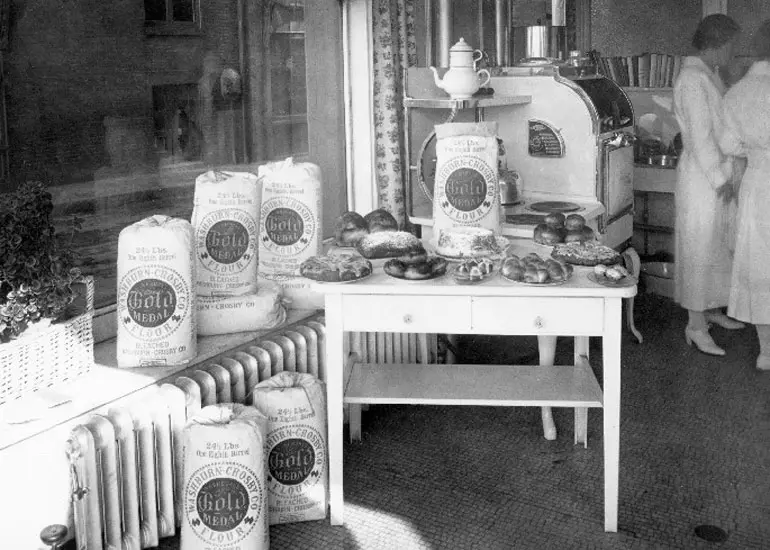
In 1880, our very first entry into an international millers’ competition won a gold medal. So, we thought that was a great reason to change our name. And over 135 years, we’ve continued to mill quality flour that never alters or lets you down. Time and again, you can depend on Gold Medal™ Flour for your prized recipes.
Gold Medal Flour’s Heritage
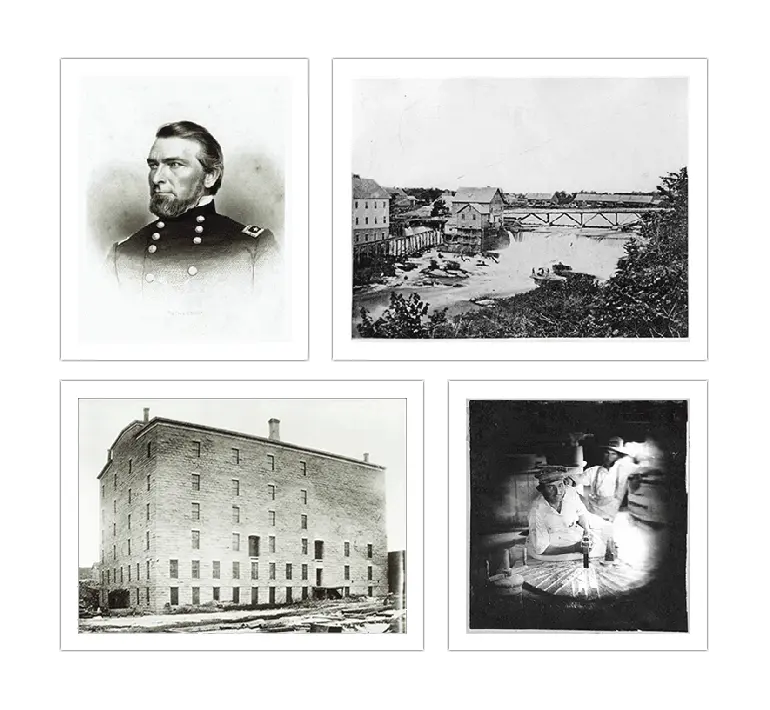
1866
In 1866, Cadwallader C. Washburn entered the milling business by building a flour mill on the Mississippi River at St. Anthony Falls in Minneapolis, Minnesota. Washburn’s A Mill was a six-story stone structure with 12 pairs of millstones that could produce up to 840 barrels - roughly 165,000 pounds - of flour daily.
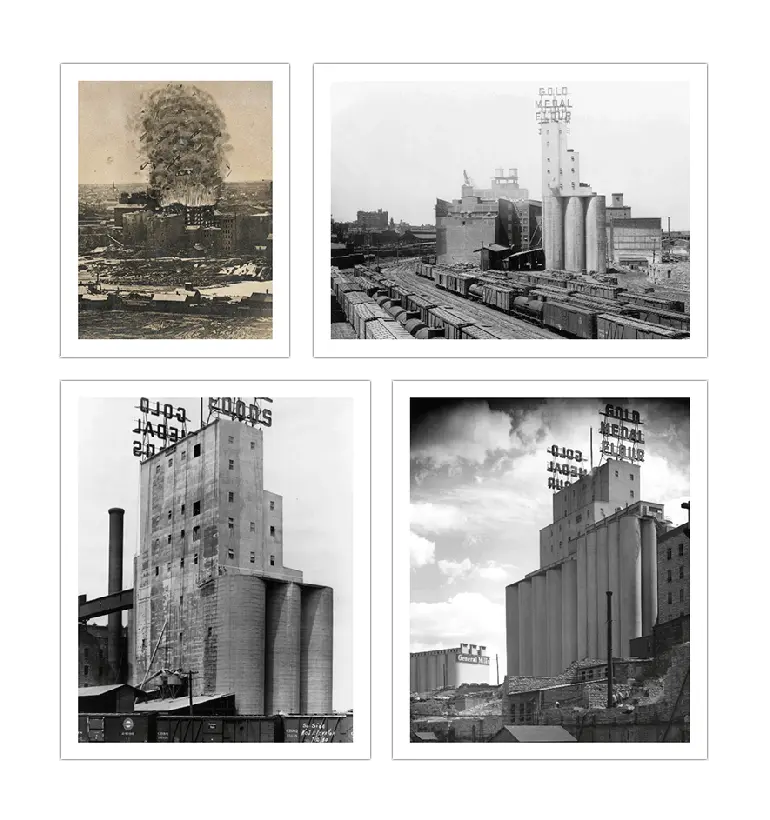
1878
On May 2, 1878, Washburn’s original A Mill was destroyed by a flour dust explosion that claimed 18 lives.
The A Mill was rebuilt in 1880, with state-of-the-art machinery that permitted safer operations while producing higher quality flour. Many people thought this new mill was too large and would never be able to sell all the flour it could produce. They called it “Washburn’s Folly”. Washburn was undaunted. He knew that his new mill was built with the latest advances in grain milling that would produce high quality, fine flour.
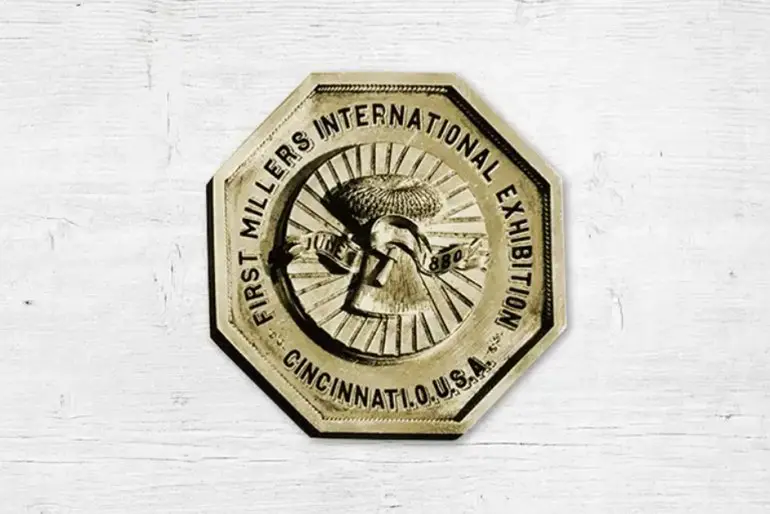
1880
In 1880, Washburn took his flour to the First Millers International Exhibition in Cincinnati, Ohio. It was attended by millers from around the world. Washburn took the three top prizes at the fair, including the gold medal for his Superlative flour brand.
After winning the esteemed award, orders poured in and Washburn began using the Gold Medal™ name on his best grade of flour. Gold Medal™ Flour was born.
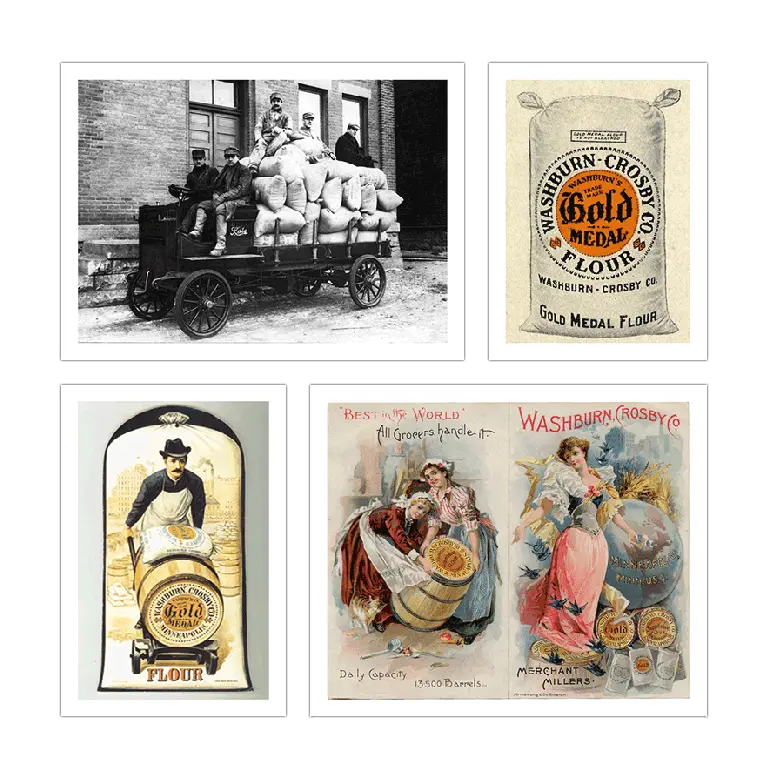
1905
A major change in flour packaging occurred in 1905. Millers began to use large, hand-sewn fabric bags to package their flour. Previously, flour was packed in barrels, each weighing 196 pounds.
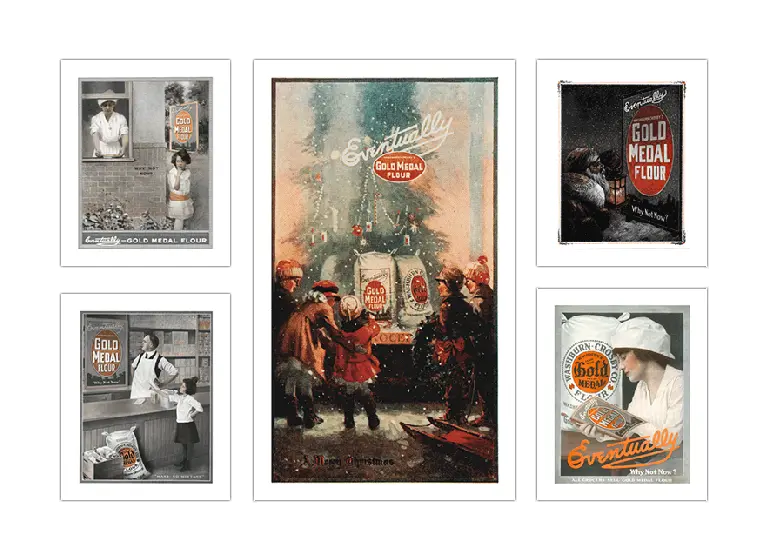
1907
Very few advertising slogans last for decades. But Gold Medal™ Flour’s “Eventually… Why Not Now?” campaign was created in 1907 and appeared as late as the 1950’s. The slogan permeated popular culture and appeared in cartoons, sermons, and even ads for unrelated products.
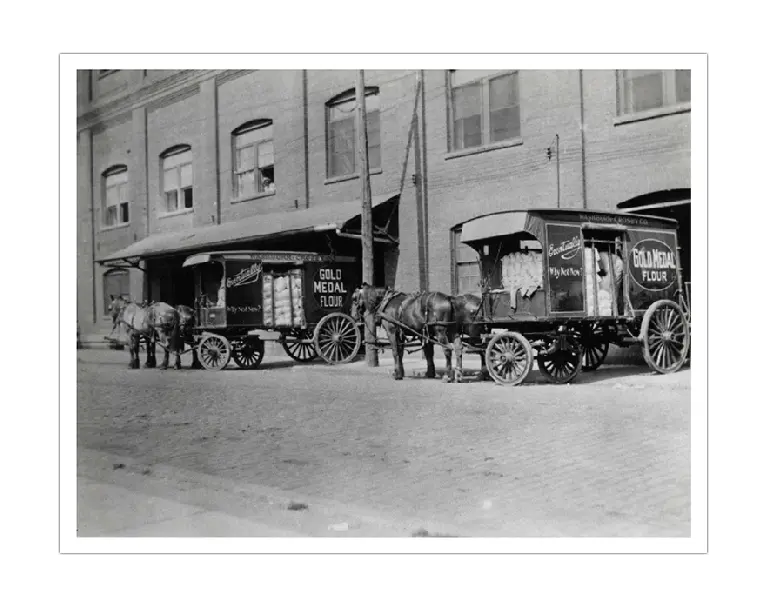
1910
During World War I, the scarcity of fabric further intensified the need for new flour packaging. Small paper bags replaced fabric bags in 1910.
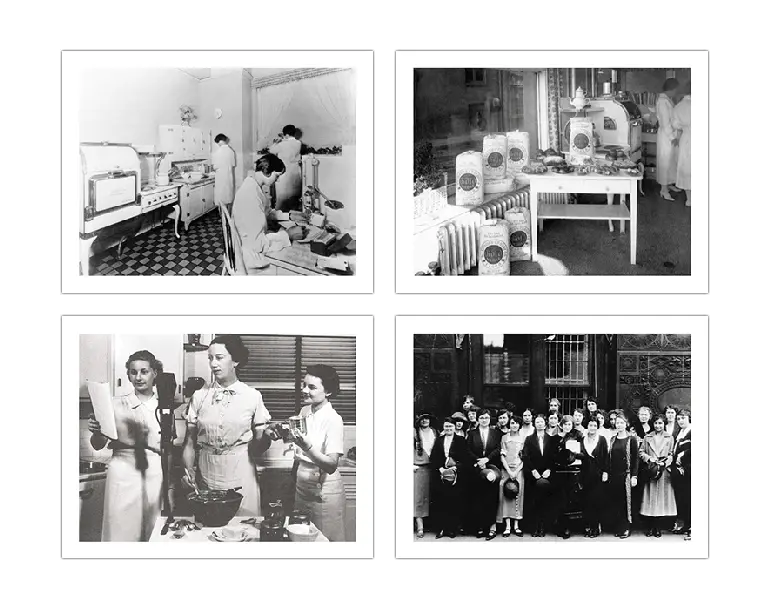
1925
In 1925, Gold Medal™ Flour began a new way of testing flour – in a kitchen. The company’s home economists tested the flour in typical baked products and verified its quality before it was shipped.
In the 1920’s Gold Medal™ Flour took to the airwaves in radio programs that carried cooking and baking content.
The Gold Medal™ Home Service Department provided answers to customers’ baking and cooking questions.
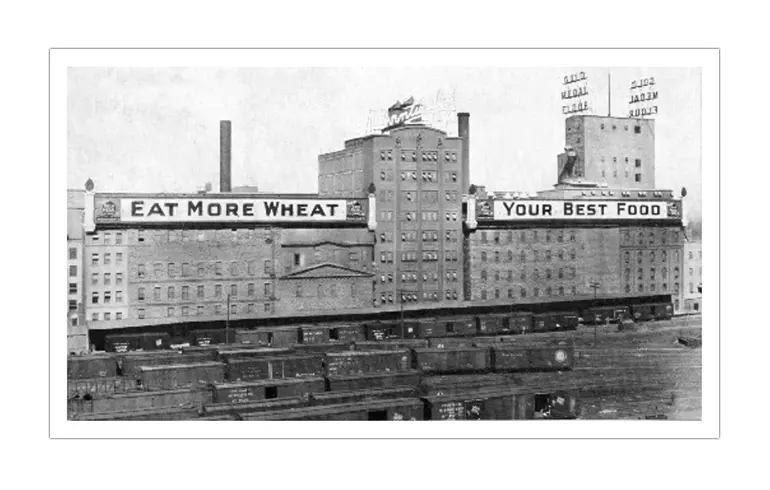
1940
In 1940, studies showed that millions of Americans were suffering from inadequate diets. Gold Medal™ Flour joined with government authorities and nutritionists to add enrichments such as calcium and iron to flour.
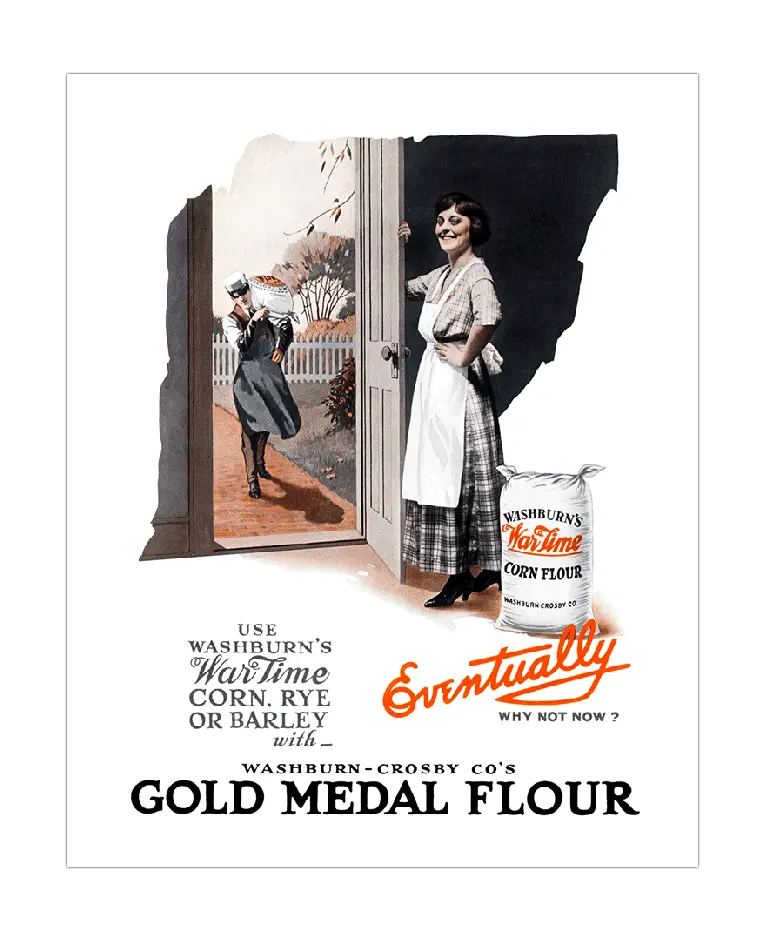
1946
In 1946, the government issued War Food Order Number 144. This required millers to include the coarser, darker parts of the wheat kernel in order to make wheat supplies last longer.
Since the War Food Order required the company to change the way it milled flour, the Gold Medal trademark was taken off the bags. The logo returned in 1947 when the regulation was lifted.
